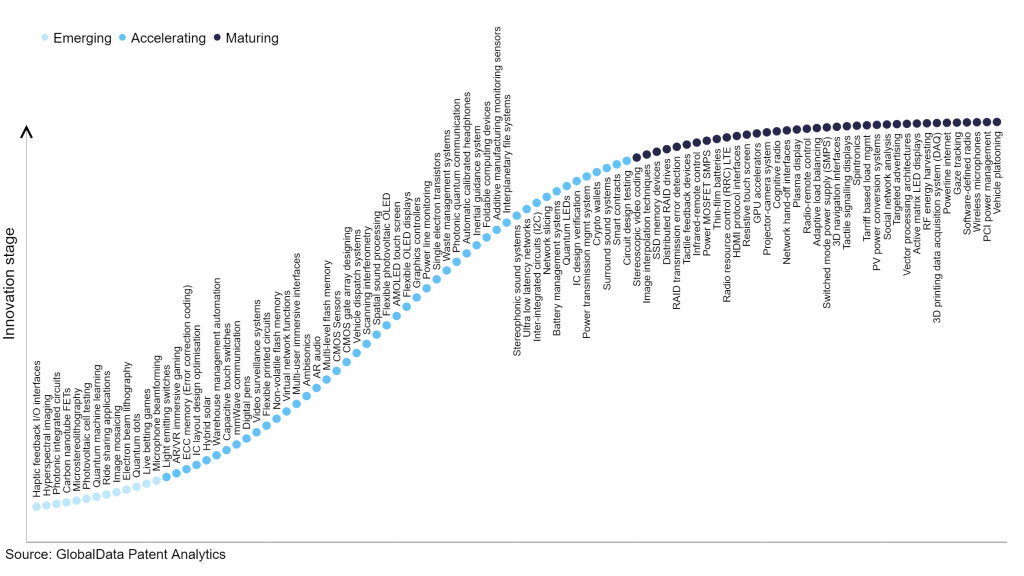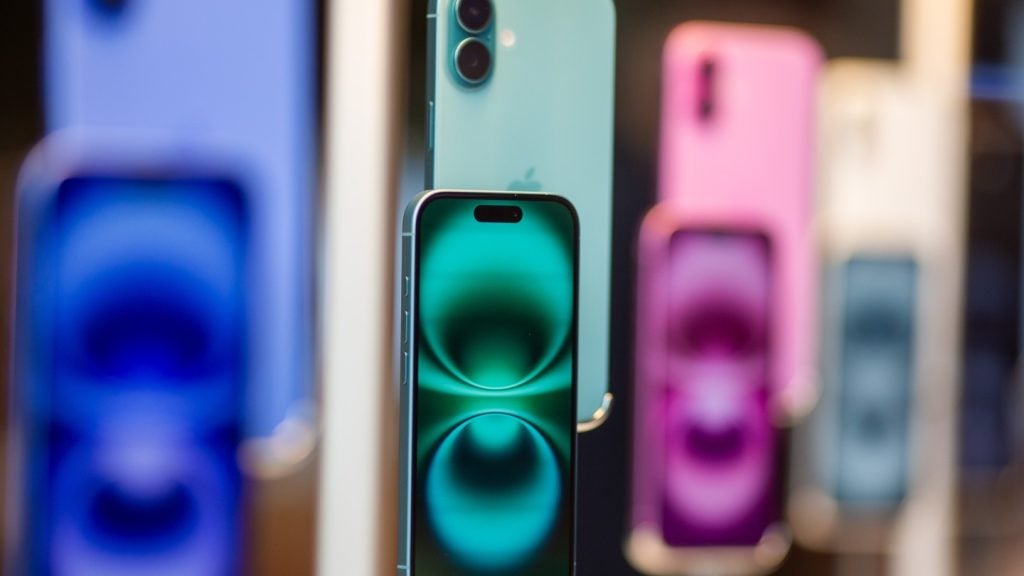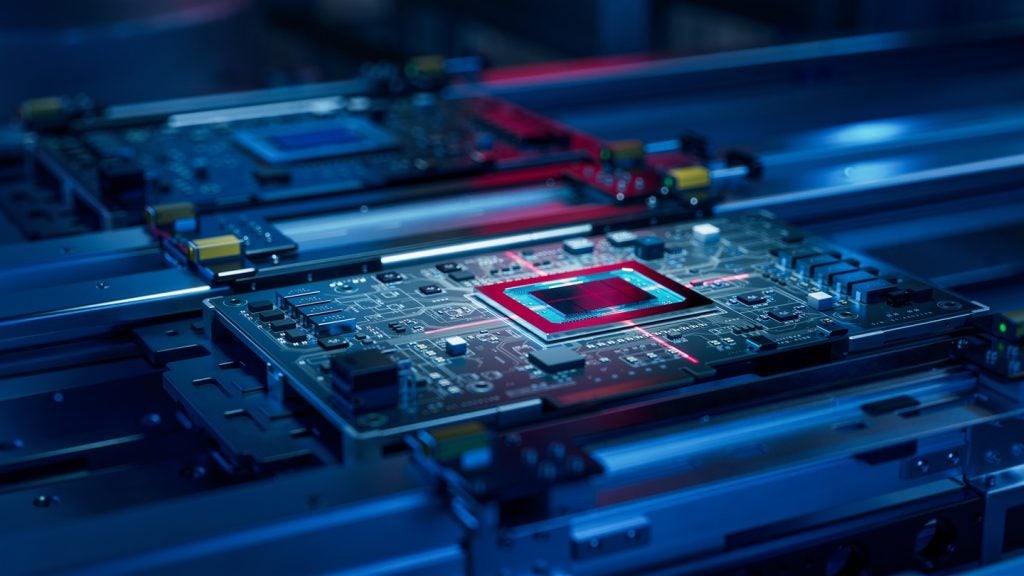The technology industry continues to be a hotbed of innovation, with activity driven by the growth of the market for scanning interferometry, including the increasing demand for high-precision measurements in industries such as manufacturing, semiconductor, and biomedical, and growing importance of technologies such as laser sources, precision optics, high-speed detectors, and advanced signal processing algorithms. These technologies enable accurate and non-contact measurements of surface topography, thickness, and other dimensional parameters. In the last three years alone, there have been over 3.6 million patents filed and granted in the technology industry, according to GlobalData’s report on Technology Innovation: Scanning interferometry. Buy the report here.
However, not all innovations are equal and nor do they follow a constant upward trend. Instead, their evolution takes the form of an S-shaped curve that reflects their typical lifecycle from early emergence to accelerating adoption, before finally stabilising and reaching maturity.
Identifying where a particular innovation is on this journey, especially those that are in the emerging and accelerating stages, is essential for understanding their current level of adoption and the likely future trajectory and impact they will have.
300+ innovations will shape the technology industry
According to GlobalData’s Technology Foresights, which plots the S-curve for the technology industry using innovation intensity models built on over 2.5 million patents, there are 300+ innovation areas that will shape the future of the industry.
Within the emerging innovation stage, microphone beamforming, live betting games, and quantum dots are disruptive technologies that are in the early stages of application and should be tracked closely. Circuit design testing, smart contracts, and surround sound systems are some of the accelerating innovation areas, where adoption has been steadily increasing. Among maturing innovation areas are, vehicle platooning, Peripheral Component Interconnect (PCI) power management, and wireless microphones, which are now well established in the industry.
Innovation S-curve for the technology industry

Scanning interferometry is a key innovation area in technology
Scanning interferometry is a precise method employed for measuring the surface topography of objects. It involves scanning a laser beam across the object's surface and capturing the resulting interference pattern created by the interaction of the reflected light and a reference beam. By analysing this interference pattern, the technique allows for the determination of the exact position of each point on the object's surface. This enables highly accurate measurements of surface topography and contributes to various applications requiring detailed surface characterization and analysis.
GlobalData’s analysis also uncovers the companies at the forefront of each innovation area and assesses the potential reach and impact of their patenting activity across different applications and geographies. According to GlobalData, there are 60+ companies, spanning technology vendors, established technology companies, and up-and-coming start-ups engaged in the development and application of scanning interferometry.
Key players in scanning interferometry – a disruptive innovation in the technology industry
‘Application diversity’ measures the number of different applications identified for each relevant patent and broadly splits companies into either ‘niche’ or ‘diversified’ innovators.
‘Geographic reach’ refers to the number of different countries each relevant patent is registered in and reflects the breadth of geographic application intended, ranging from ‘global’ to ‘local’.
Patent volumes related to scanning interferometry
Source: GlobalData Patent Analytics
Qualcomm is a leading patent filer in scanning interferometry. One of the company’s patents describes a system and method for controlling structured light laser systems. The system comprises a memory device for storing a depth map, an image-projecting device with a laser system for projecting codewords, a receiver device with a sensor to detect reflected codewords, a processing circuit to retrieve a portion of the depth map and calculate expected codewords, and a feedback system to adjust the laser system's output power based on the detected and expected codewords.
Other prominent patent filers in the space include Meta Platforms and Canon.
By geographic reach, Hexagon leads the pack, followed by Airbus and Hewlett Packard Enterprise. In terms of application diversity, LG holds the top position, followed by eYs3D Microelectronics and Himax Technologies.
Scanning interferometry provides high-resolution measurements by utilizing interference patterns, allowing for precise surface profiling and characterization. It enables non-contact and non-destructive measurements, making it suitable for delicate or sensitive samples.
To further understand the key themes and technologies disrupting the technology industry, access GlobalData’s latest thematic research report on Technology.
Data Insights
From

The gold standard of business intelligence.
Blending expert knowledge with cutting-edge technology, GlobalData’s unrivalled proprietary data will enable you to decode what’s happening in your market. You can make better informed decisions and gain a future-proof advantage over your competitors.







